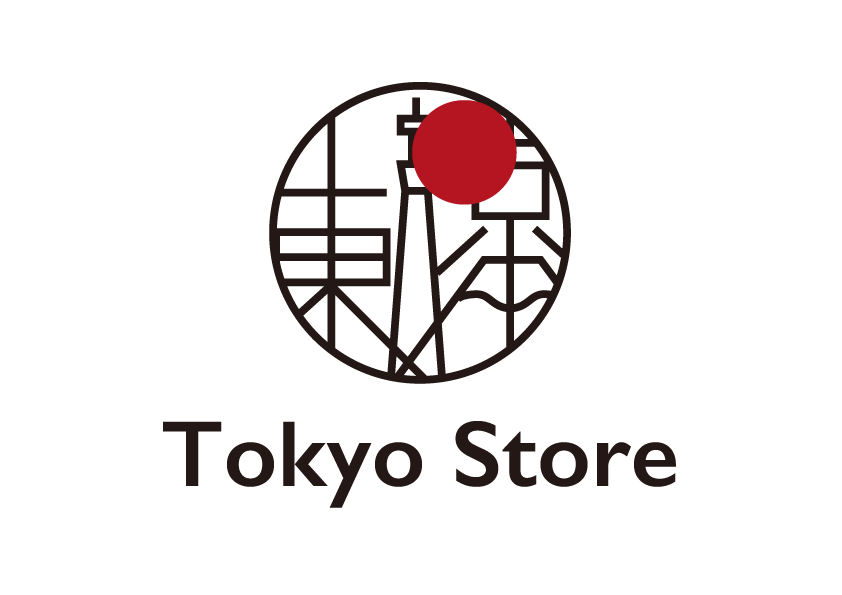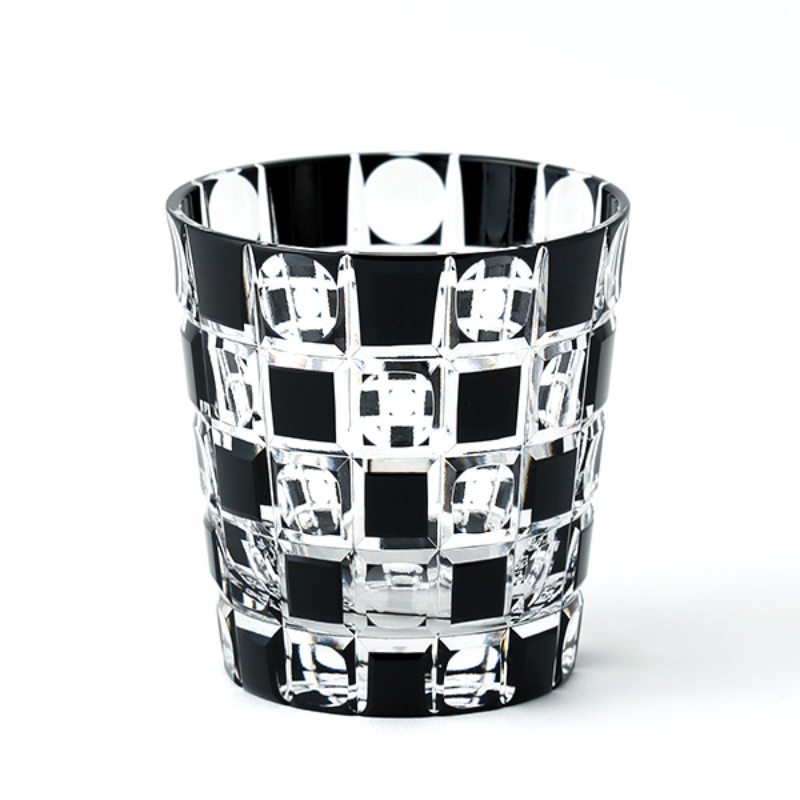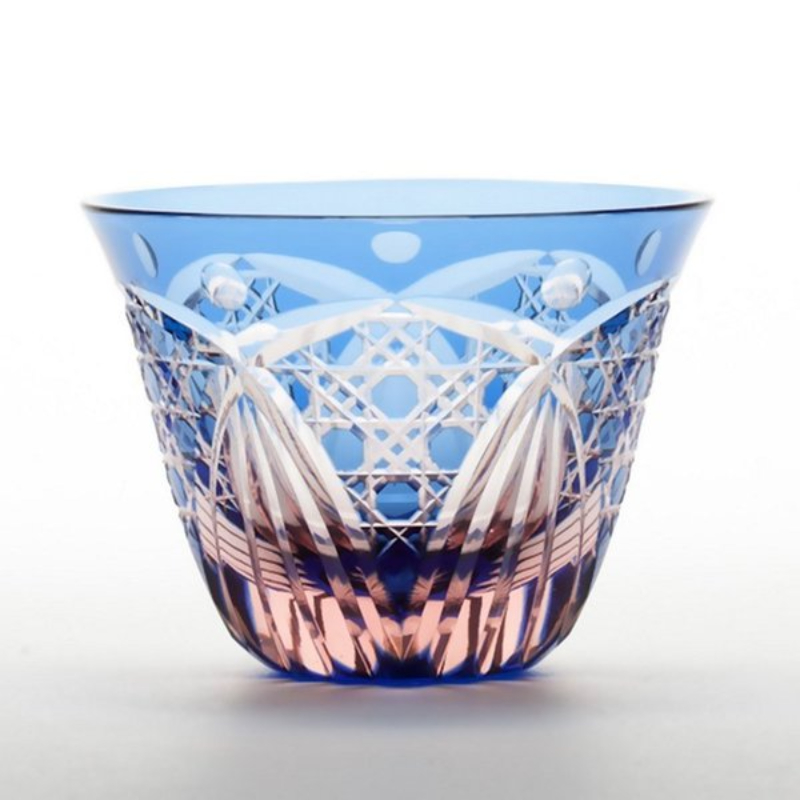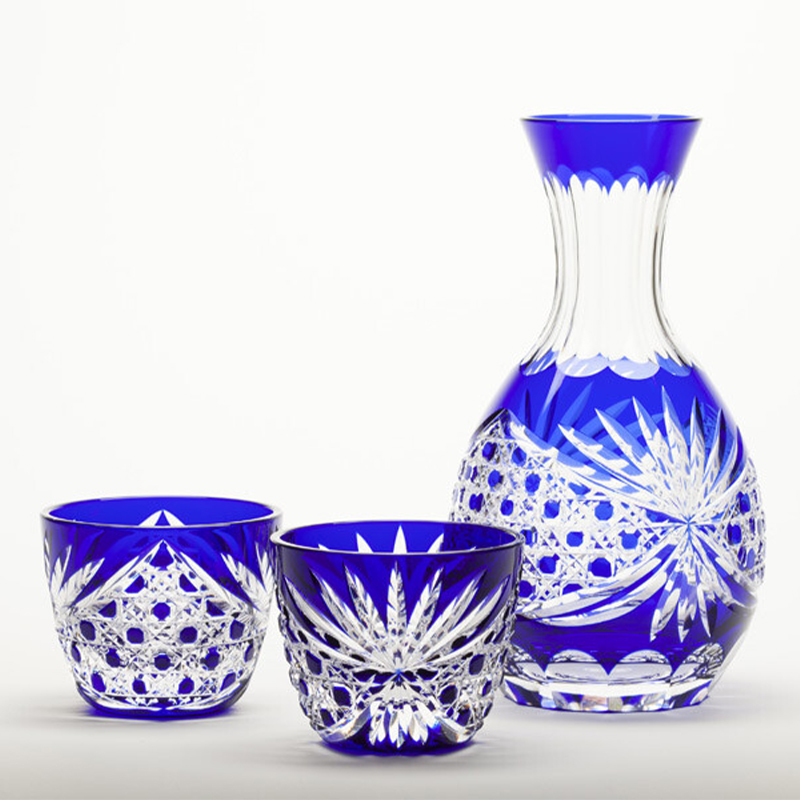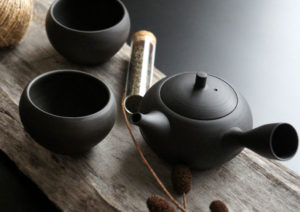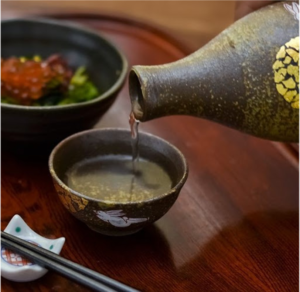What is Edo Kiriko, a traditional Japanese craft?
Edo Kiriko is a general term for cut glass products produced in Edo / Tokyo from the end of the Edo period to the present.
In 1985, it was designated as a traditional craft designated by the Tokyo Metropolitan Government, and in 2002, it was certified as a traditional craft designated by the Minister of Economy, Trade and Industry.
The Japanese were good at handling light and shadows, especially natural light, and had a keen sense of softening the sunlight with eaves and shoji and taking it into the room. "Edo Kiriko" is packed with techniques that can only be done by knowing the light, such as refracting light with a deep groove, collecting thin lines to give a reflection effect, and sometimes making it frosted glass to soften it.
Edo Kiriko is a cut glass that is a traditional Japanese craft and features a beautiful pattern that is represented by making a cut in the surface of the glass.
The design consists of a combination of typical patterns such as Yarai, Nanako, and Koushi.
Light is reflected in a unique and delicate cut that fuses a Japanese pattern and a technique transmitted from the West, creating a sparkle.
◎ Click here for the beautiful SAKE cup of Edo Kiriko
◯ Main materials
Two types, soda glass and crystal glass.
Soda glass is a glass made by mixing soda ash and lime with silica sand, which is the main raw material, and is characterized by its lightness and durability.
Crystal glass is a glass mixed with lead oxide, etc., and it is more easily scratched than soda glass, so care must be taken when handling it, but due to its high refractive index, it has a transparent feel.
One of the features is the heavy weight when you hold it in your hand.
◯ Main techniques
Edo Kiriko creates a delicate taste with various tools used in the manufacturing process.
"Arazuri", which engraves a basic large cut pattern,
In "Sambankake," which cuts small parts based on this, a spinning machine called a diamond wheel is rotated, and glass is applied to it to carve out patterns.
Artificial whetstones and natural whetstones are used for the "stone hanging" that smoothes the cut surface.
In addition, the tools are changed for each process, such as using wood or resin pads for "polishing" to make the cut surface glossy, and polishing with an abrasive dissolved in water on felt or cotton for finishing "buffing". I will polish it.
Enjoy a more luxurious evening drink with this beautiful SAKE glass cup.
◎ Click here for the beautiful SAKE cup of Edo Kiriko
Author Profile
Latest entries
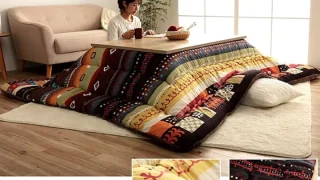 Kotatsu Futon comforter2024年7月1日New Arrival Kotatsu Futon Comforter
Kotatsu Futon comforter2024年7月1日New Arrival Kotatsu Futon Comforter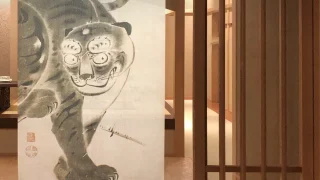 Noren Tapestry2024年6月13日Noren Tapestry Features Masterpieces by Japanese Genius Ito Jakuchu
Noren Tapestry2024年6月13日Noren Tapestry Features Masterpieces by Japanese Genius Ito Jakuchu Tatami mat2024年6月6日New Arrival Tatami Igusa yoga mat Tatami mat
Tatami mat2024年6月6日New Arrival Tatami Igusa yoga mat Tatami mat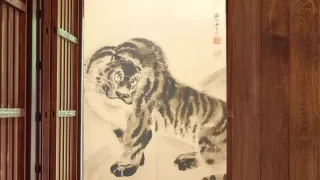 Noren Tapestry2024年5月31日Incorporating the works of Maruyama Okyo into Noren tapestries
Noren Tapestry2024年5月31日Incorporating the works of Maruyama Okyo into Noren tapestries
